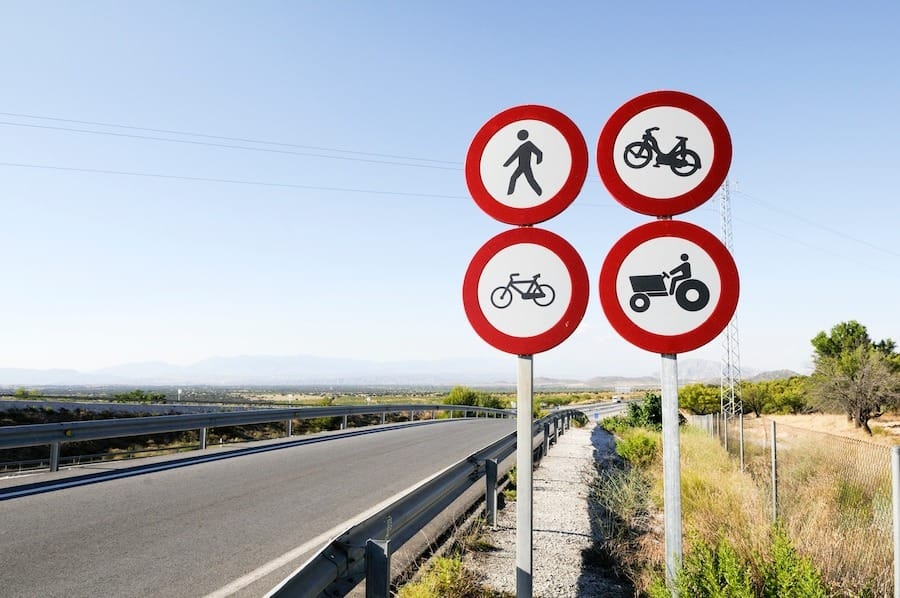Road safety signs ensure smooth traffic flow and reduce the risk of accidents on Australian roads. These signs help communicate essential information quickly and clearly, guiding drivers and pedestrians to follow safe practices. The absence of road signage in Australia can leave vehicle users driving on the roads in confusion, increasing the likelihood of accidents and congestion.
Ensuring Road Safety
One of the main purposes of road safety signs is to warn drivers about potential hazards and inform them of changes in road conditions. This includes everything from speed limit signs to pedestrian crossings and construction zone warnings. By following these signs, drivers can make informed decisions that protect their safety and that of others on the road.
The simplicity and visibility of these signs make them so effective in promoting safe driving habits.
Promoting Smooth Traffic Flow
In addition to enhancing safety, road signage in Australia is essential to ensure smooth traffic. Well-placed and clear signage prevents traffic jams and accidents by helping drivers navigate busy streets, roundabouts, and intersections with ease. Directional signs, such as those indicating upcoming exits or lane merges, prepare drivers for the changes ahead. This reduces confusion, keeps traffic moving, and minimizes disruptions on major highways and urban roads.
Standardization and Consistency in Road Signs
In Australia, road safety signs are standardized to ensure that drivers can recognize and understand them instantly, no matter where they are in the country. This consistency across cities and regions helps reduce confusion, especially for tourists or new drivers. Whether it’s a stop sign, a warning of a school zone, or a no-entry sign, every road user is expected to follow these signs, contributing to an overall safer road experience. The uniformity of road signage in Australia plays a big part in achieving this.
Adapting to Changing Conditions
Another crucial aspect of road safety signs is their ability to adapt to changing road conditions. This includes electronic signs that can alter speed limits based on weather conditions or ongoing roadworks. Temporary signs, such as those used during construction or special events, guide drivers through unusual traffic patterns. Proper placement of these signs helps create awareness among drivers about these temporary changes and act accordingly, reducing the risk of accidents.
Road Safety and Pedestrians
While drivers benefit from clear road safety signs, so do pedestrians. Signs like pedestrian crossings, walk/don’t walk signals, and school zone warnings provide crucial information for those on foot. These signs encourage safe pedestrian behaviour, ensuring they cross roads at the safest points and are aware of high-traffic areas. Proper road signage in Australia in areas with heavy foot traffic is vital for preventing accidents and ensuring that drivers and pedestrians can share the road safely.
Conclusion
Road safety signs are essential for maintaining safe and efficient roads in Australia. From warning of potential hazards to guiding traffic flow and ensuring pedestrian safety, these signs are crucial in daily road usage. Consistent and clear road signage in Australia helps create a more organized and safer road environment.
Google My Business Profile : https://maps.app.goo.gl/e9RLg9BD5ksqw1fCA

